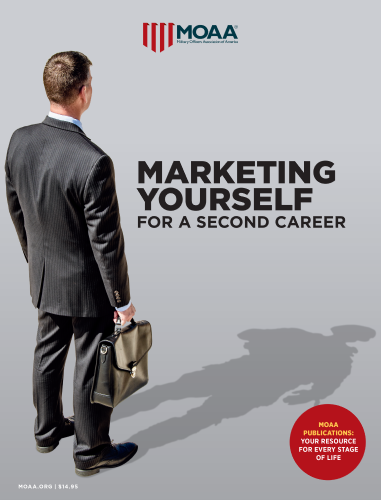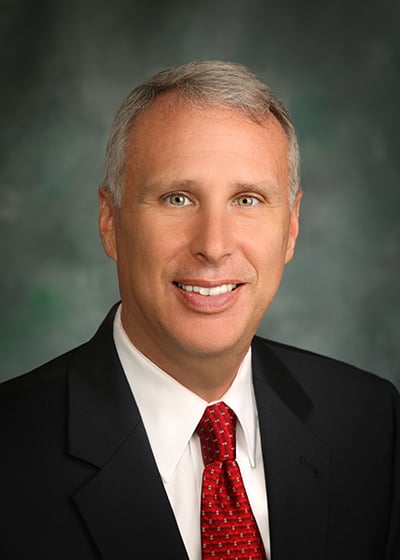Social distancing requirements over the past two years have postponed or canceled numerous networking and hiring events, or moved them to a virtual environment. And while virtual networking can be extremely important for expanding your network of professional connections, you can build stronger, more personal relationships at in-person events.
Here are four quick tips to help you prepare for a return to in-person networking events.
1. Define Your Goals
Who are the most advantageous people for you to meet? If you are actively seeking employment, connect directly with recruiters, talent acquisition professionals, and hiring managers at the event. If you’re looking to expand your network, focus on meeting new people.
Some events may share a list of attendees and presenters. Making an introduction in advance via email or LinkedIn can be a great icebreaker and facilitate a more meaningful conversation during the event.
2. First and Last Impressions Count!
Make sure you wear something that fits you properly and is in style – this could be especially important if you’re just returning to in-person events after a long time away.
After engaging with a new connection, exchanging contact information will be essential to your follow-up strategy. Review your business cards to make sure your information is still accurate, and you have plenty on hand for the event.
Be sure to get contact information from new contacts who fit your networking goals. This will allow you to connect and stay in touch with these key people after the event.
[RELATED: More Networking and Social Media Tips From MOAA]
3. Make Meaningful Connections
People like talking about themselves and their organization. Posing questions is a great way to glean information about them and their interests. Ask something like “What are some of the biggest challenges you and your company are encountering?” This kind of performance-based question can also help you learn about what skills and competencies they may be looking for in a successful candidate.
Once you know a little bit about them, be prepared to deliver your 30-second commercial on how you may be a great fit for their organization. People often want to make as many quality connections as possible at networking events, so this could be a good way to articulate your unique value proposition while optimizing your networking time.
Watch the Webinar
Get even more advice on building the perfect 30-second commercial from a recent webinar hosted by Capt. Pat Williams, USN (Ret), MOAA's program director for engagement and transition services.
- Premium and Life Members: Watch the webinar (included in MOAA's member-exclusive webinar archive).
- Basic and Non-Members: Click here to access the webinar.
4. Follow Up
After the event, be sure to follow up promptly with your new connections via a personalized message. Reiterate who you are, where and when you met them, and how you can be of benefit to them based upon your original conversation. Propose future steps for staying in touch and taking your relationship to the next level of engagement.
[FROM INDEED.COM: Network Like a Pro]
Armed with these tips on what you should do before, during, and after attending a networking event, you will be ready to forge new relationships and lasting networking connections.
Download Marketing Yourself for a Second Career
Newly updated! Learn what you can do to prepare yourself for a successful transition from military career to civilian career. This handbook shows you how to create an attention-getting resume, cover letter, and more. Get tips on self-marketing, job search, interviews, and interviewing. (Available to Premium and Life members)


